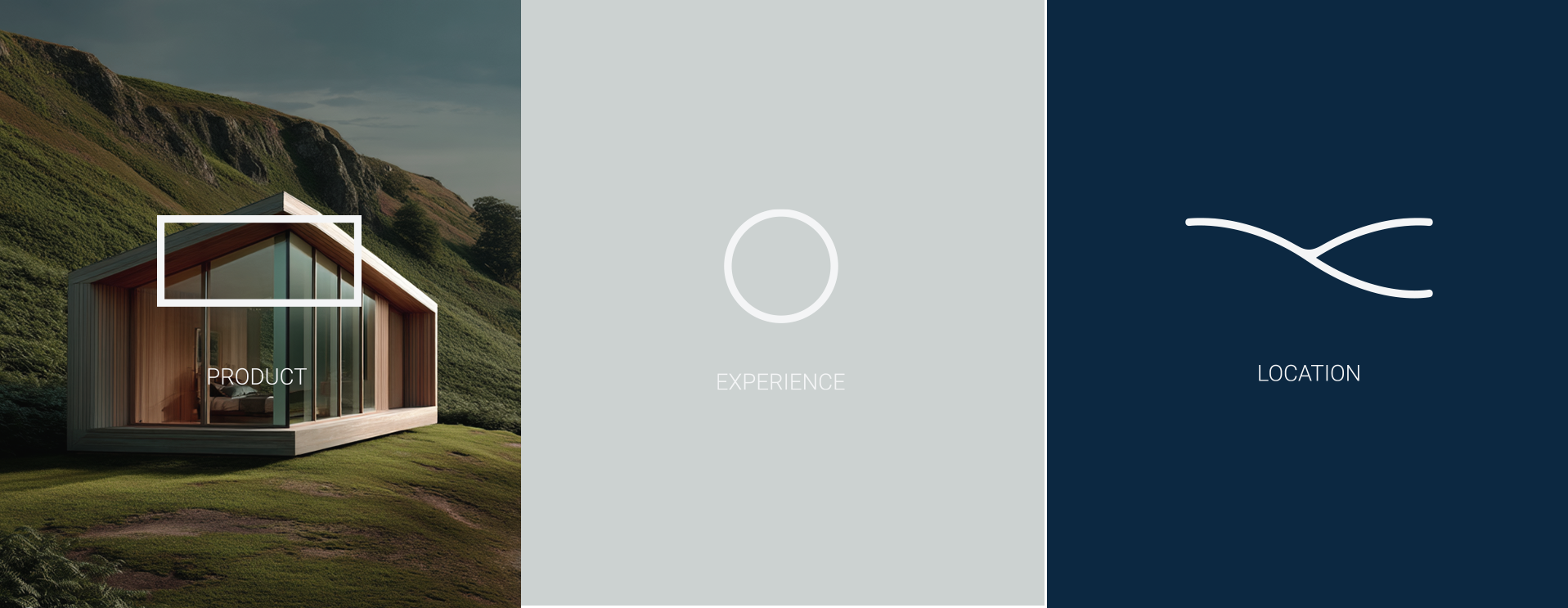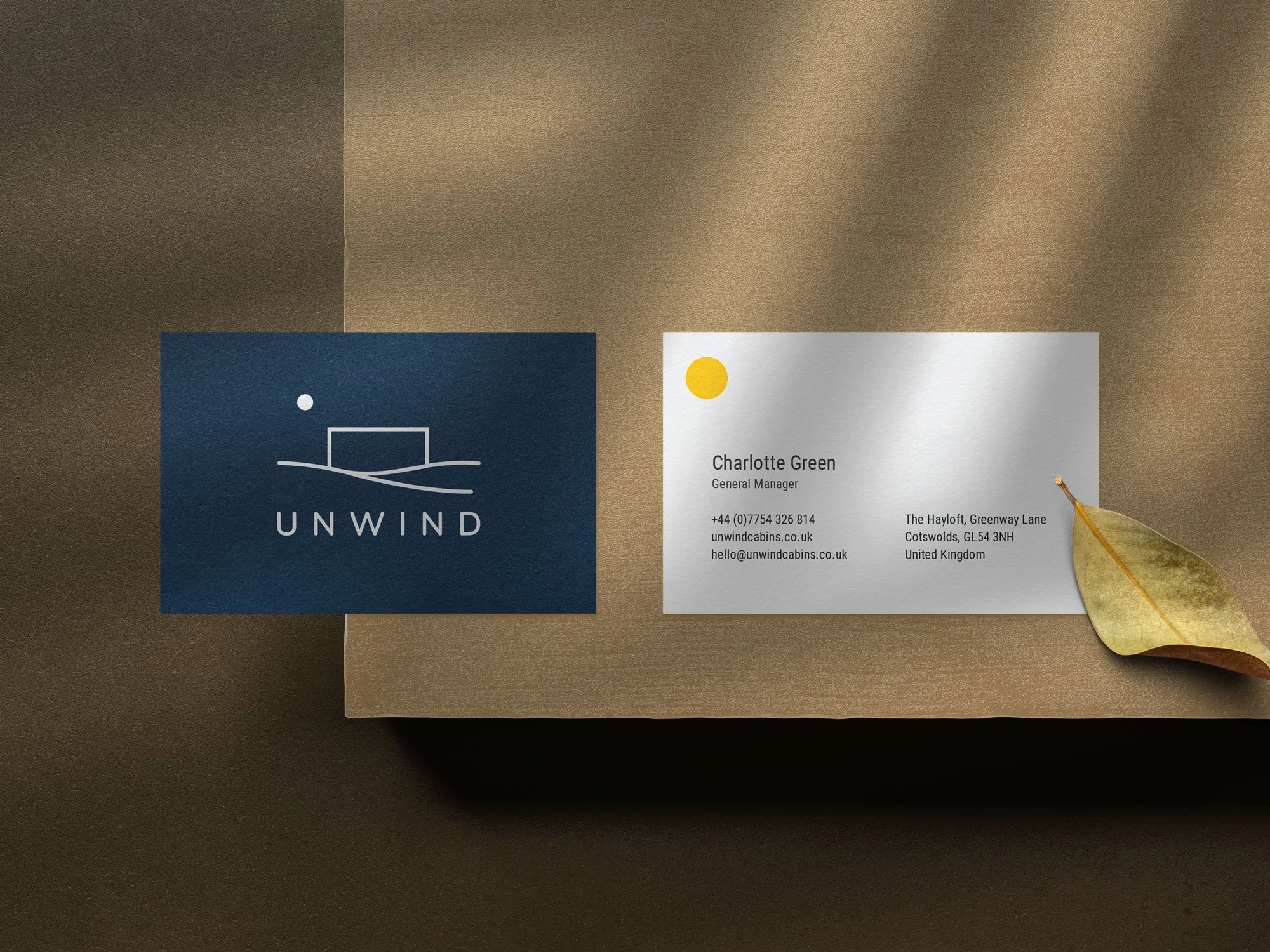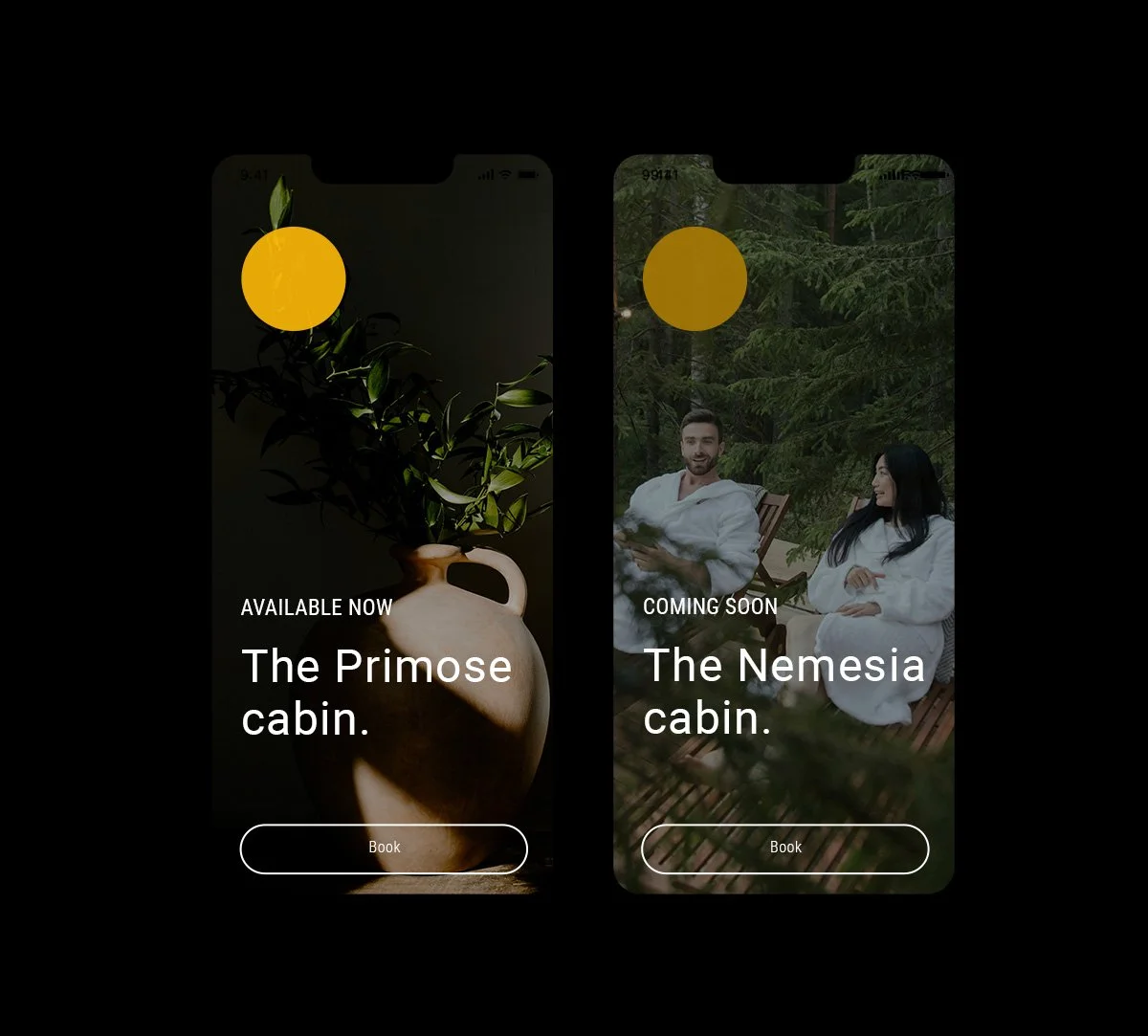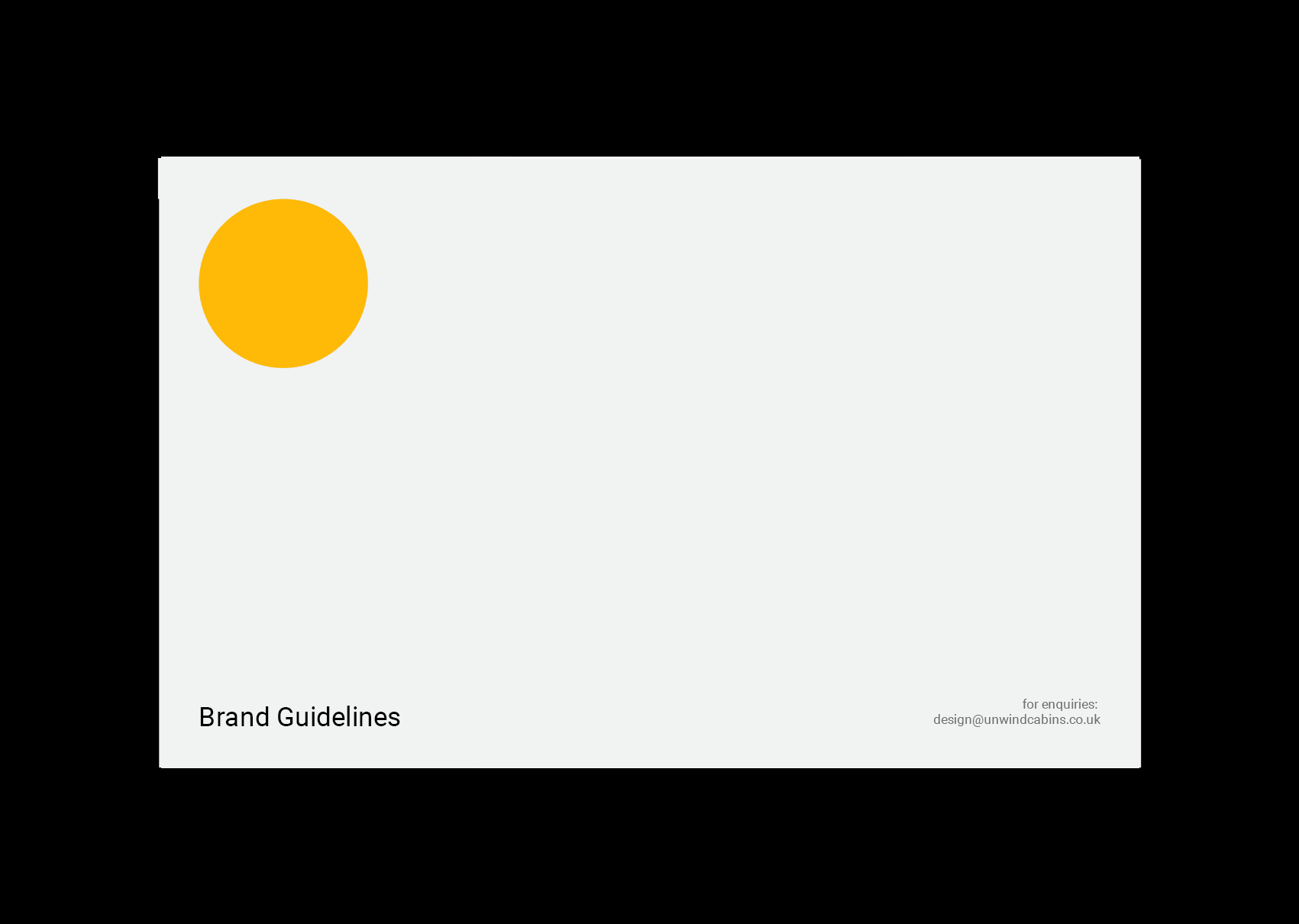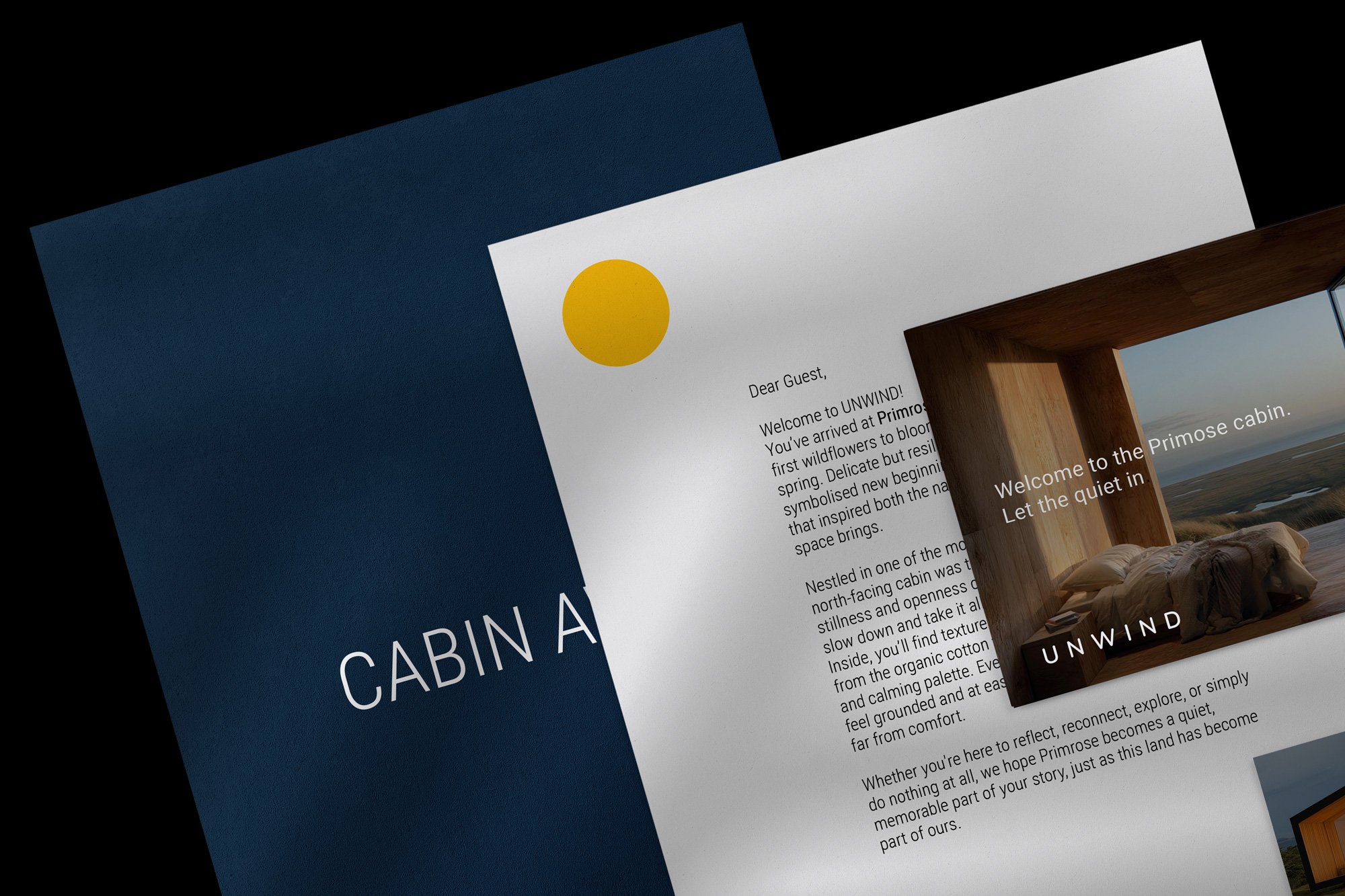
♞ Design Strategy - Case study
CLIENT
J.P.Morgan Asset Management
AGENCY
Leap
SERVICES
SERVICE DESIGN
DESIGN GOVERNANCE
DESIGN SYSTEMS
GUIDELINES
CONTENT STRATEGY
SOCIAL MEDIA
Unwind Cabins
Streamlining workflows and enhancing brand consistency through a unified social media guide.
Large-scale studios handle a high volume of social media content production, requiring a structured approach to ensure brand consistency and efficiency. Producing social media content at scale requires a structured approach to ensure brand consistency and efficiency. Through research and auditing, I developed a 30-page social media design system, introducing reusable templates categorised by campaign type, product, and post objective, with clear guidelines for marketers and designers.
This framework optimised workflows, reducing content creation time by 30% while enhancing brand consistency across platforms. To support adoption, I led team training sessions and workshops, equipping stakeholders with the tools to create content efficiently and effectively.
PHOTOGRAPHY
AI Rev Visuals
Rachel Claire
AT A GLANCE
-
Many large organizations face challenges in maintaining branding consistency and efficient workflows when producing social media content at scale. Without a structured approach, marketing teams can struggle with maintaining a cohesive visual and messaging identity, leading to inefficiencies and inconsistencies across platforms. In this scenario
Key Issues:
Inconsistent Branding: Lack of cohesion in visuals and messaging across LinkedIn and other platforms.
Inefficient Workflow: Marketers and designers could face a time-intensive process starting each campaign from scratch.
Absence of Unified Framework: Teams m lacked a centralized guide to streamline and standardize content creation.
-
To address this, I designed a 30-page Social Media Playbook that provided a structured framework for content creation.
Key Features:
Categorised Templates: Organised by campaign type, product, and post objectives.
Reusable Templates: Ready-made options for common posts, such as market insights, corporate announcements, and product launches.
Guidelines: Simple instructions on tailoring templates for various platforms like LinkedIn and Twitter.
Efficiency Tools: A step-by-step system for briefing designers.
Brand compliance and training workshop.
-
The Impact:
Reduced content creation time by 30% by eliminating redundant template development.
Strengthened brand consistency across all social media channels.
Improved cross-team collaboration, ensuring seamless execution of digital campaigns.
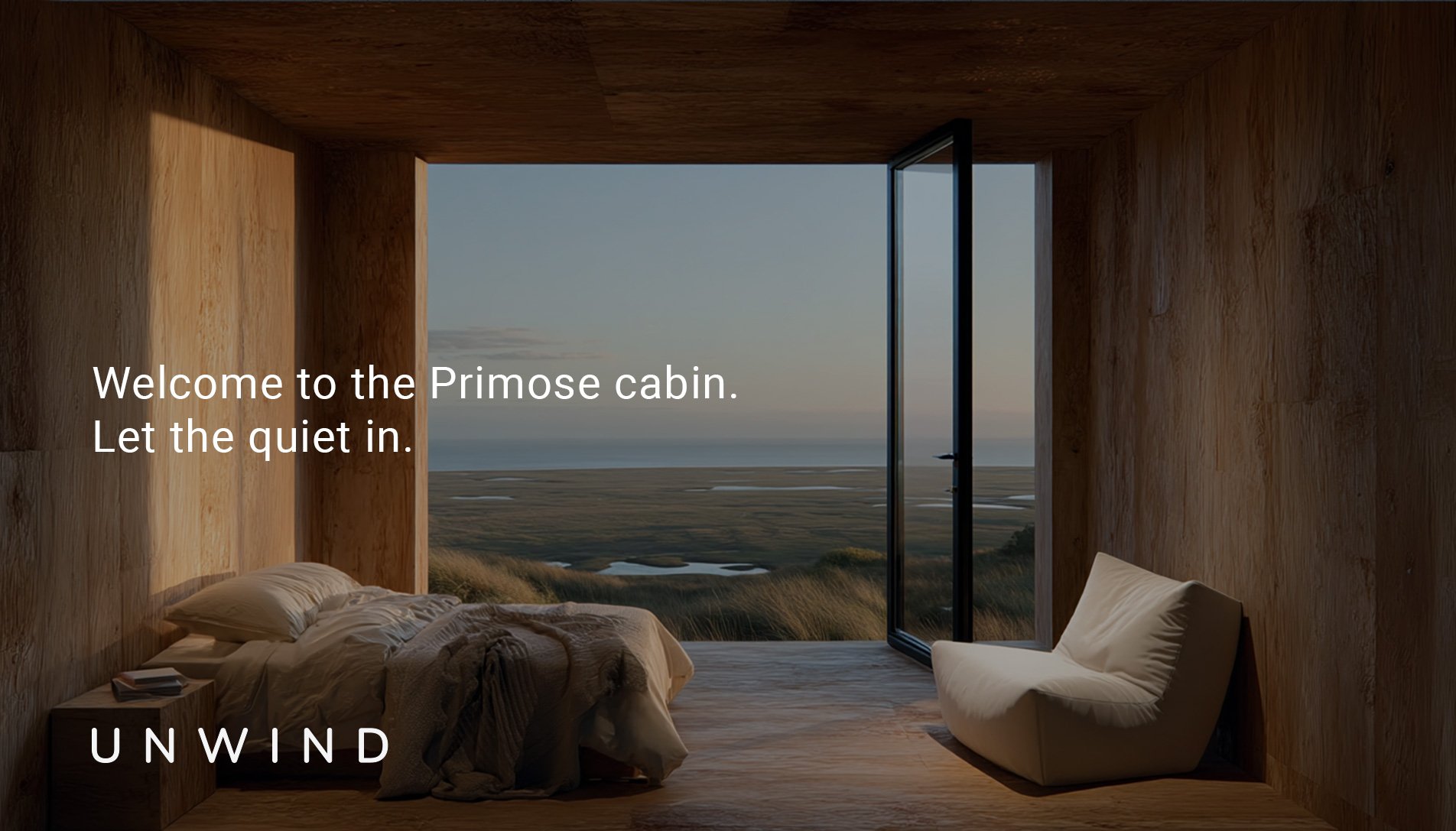

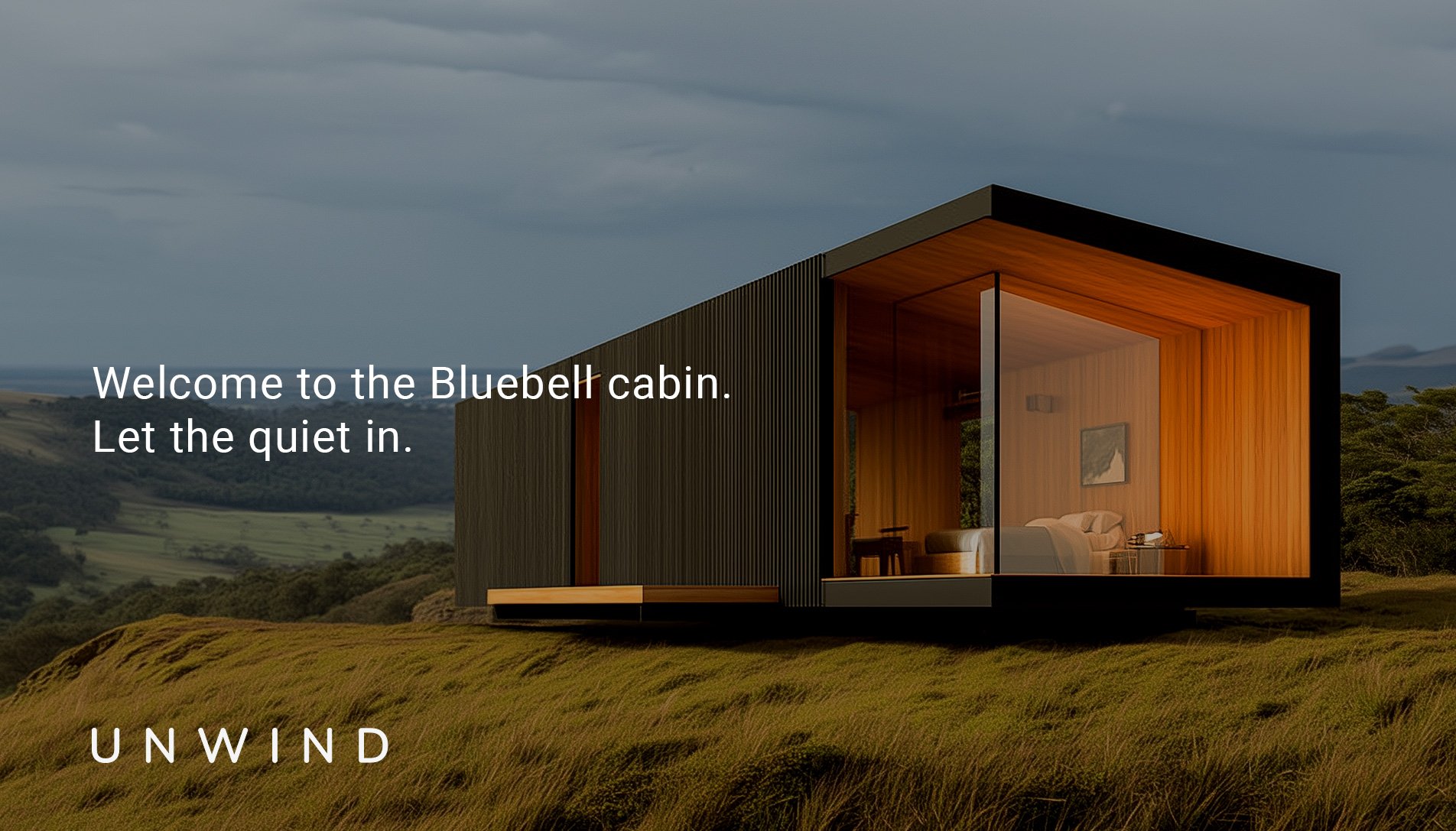
The O - icon
02
Lorem ipsum dolor sit amet, consectetur adipiscing elit. Sed do eiusmod tempor incididunt ut labore et dolore magna aliqua. Ut enim ad minim veniam, quis nostrud exercitation ullamco laboris nisi ut aliquip ex ea commodo consequat. Duis aute irure dolor in reprehenderit in voluptate velit esse cillum dolore eu fugiat nulla pariatur. Excepteur sint occaecat cupidatat non proident, sunt in culpa qui officia deserunt mollit anim id est laborum.
Lorem ipsum dolor sit amet, consectetur adipiscing elit. Sed do eiusmod tempor incididunt ut labore et dolore magna aliqua. Ut enim ad minim veniam, quis nostrud exercitation ullamco laboris nisi ut aliquip ex ea commodo consequat. Duis aute irure dolor in reprehenderit in voluptate velit esse cillum dolore eu fugiat nulla pariatur. Excepteur sint occaecat cupidatat non proident, sunt in culpa qui officia deserunt mollit anim id est laborum.

